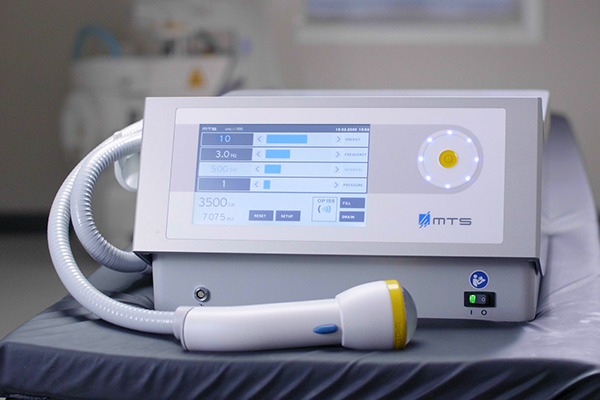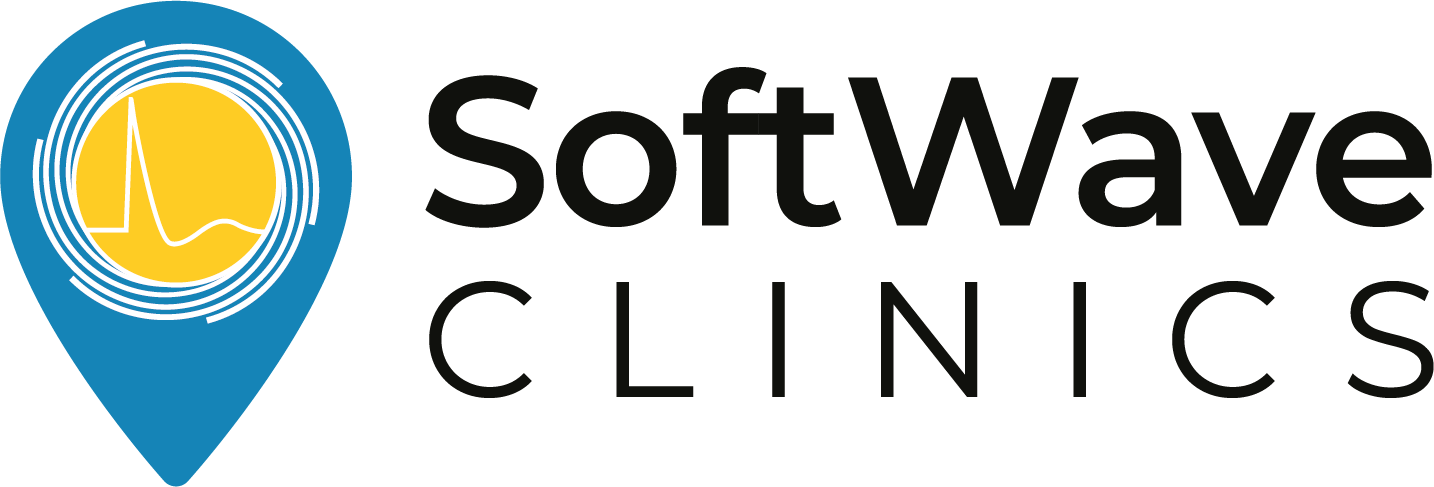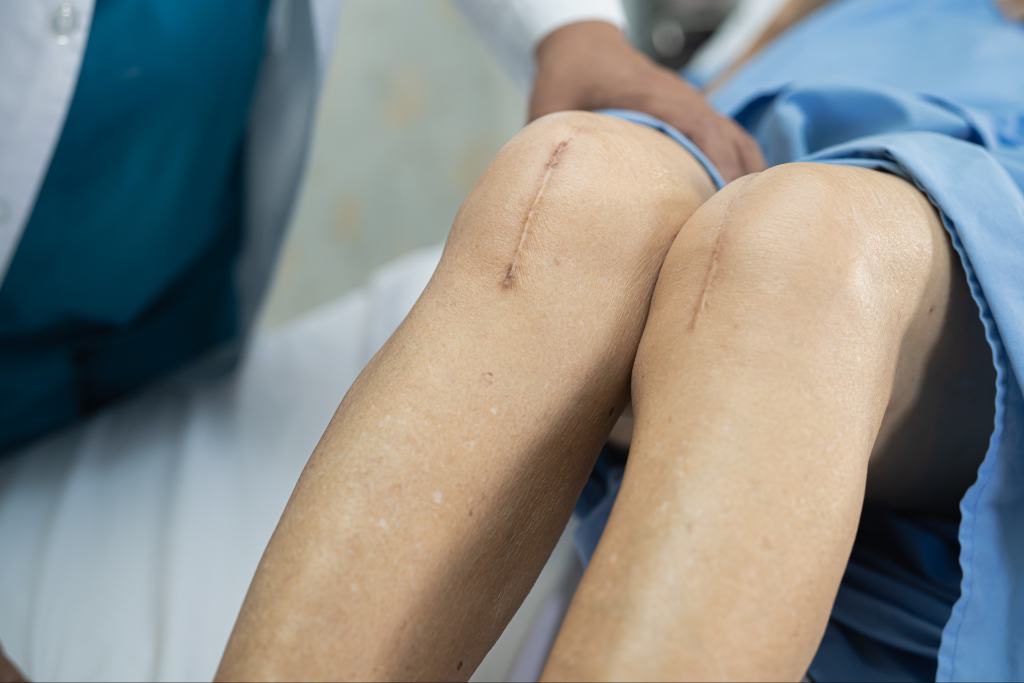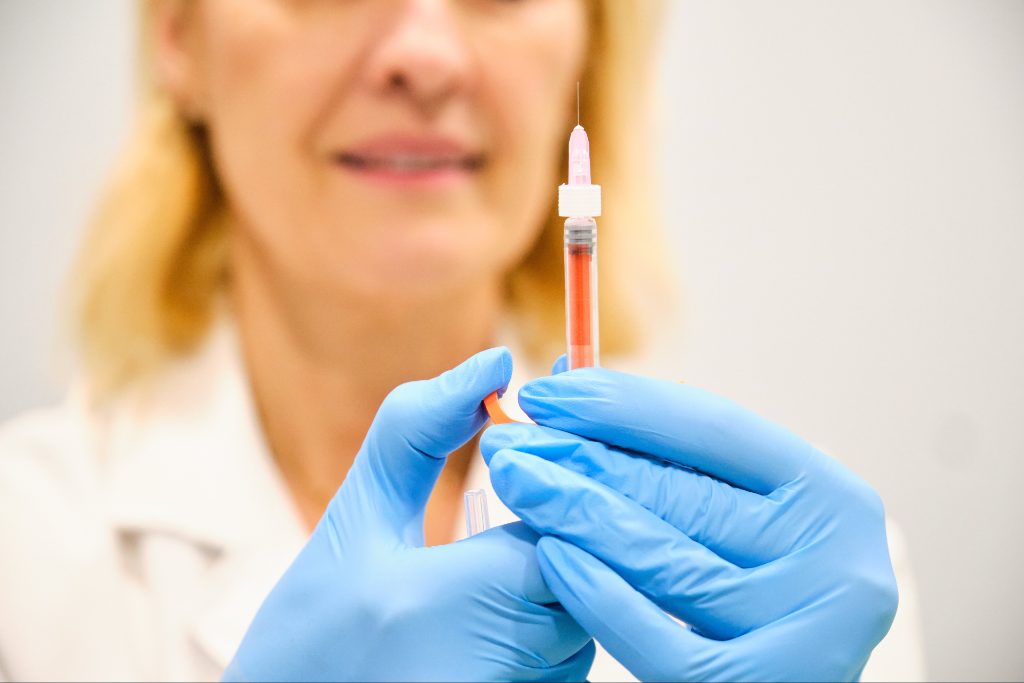Shoulder pain can make even the simplest tasks feel impossible. Lifting groceries, reaching for a seatbelt, or even getting a good night’s sleep can turn into frustrating challenges. For some, the pain is a minor annoyance, while for others, it disrupts their daily lives. Surgery may be necessary in extreme cases, but many people want to avoid the risks, long recovery times, and limitations that come with it. Thankfully, there are effective non-surgical treatments that provide relief, promote healing, and restore mobility without invasive procedures.
What are the Common Causes of Shoulder Pain?

The shoulder is a complex joint, making it vulnerable to various injuries and conditions. Understanding what’s causing the pain is the first step in finding the right treatment. Some of the most common causes include:
- Rotator Cuff Injuries – The rotator cuff is a group of muscles and tendons that keep the shoulder joint stable and allow movement. Repetitive motions, overuse, or sudden injuries can damage these tendons, leading to pain, weakness, and difficulty lifting the arm.
- Frozen Shoulder (Adhesive Capsulitis) – This condition develops gradually and causes stiffness, pain, and reduced range of motion. It occurs when the connective tissue surrounding the shoulder joint thickens and tightens, restricting movement.
- Bursitis and Tendinitis – Overuse or repetitive shoulder movements can lead to inflammation of the bursae (fluid-filled sacs that cushion the joint) and tendons. This inflammation results in pain, swelling, and limited mobility.
- Arthritis – Osteoarthritis and rheumatoid arthritis can break down the cartilage in the shoulder joint, causing chronic pain, stiffness, and reduced function.
- Pinched Nerve in the Shoulder or Neck – A compressed nerve in the neck or upper spine can cause radiating pain, numbness, or tingling in the shoulder and down the arm.
- Shoulder Dislocations and Instability – A dislocated shoulder occurs when the upper arm bone pops out of its socket. Once this happens, the joint becomes more prone to instability, leading to repeated dislocations and chronic pain.
- Fractures – A broken collarbone (clavicle), upper arm bone (humerus), or shoulder blade (scapula) can cause intense pain, swelling, and difficulty moving the arm. Some fractures heal well with immobilization, while others may require additional treatment to restore full function.
- Impingement Syndrome – When the shoulder blade puts pressure on the soft tissues beneath it, it can cause pain and limit movement. This condition is common in athletes and those who perform repetitive overhead motions.
Many of these conditions can be effectively treated without surgery, using advanced therapies designed to reduce pain and promote healing.
What Are the Best Non-Surgical Alternative Treatments for Shoulder Pain?
Shoulder pain varies in severity, from mild discomfort to persistent mobility issues. The right treatment depends on the cause and intensity of symptoms. Non-surgical options can restore function, reduce pain, and prevent further damage. The following treatments provide effective relief without surgery.
1. SoftWave Therapy: A Revolutionary Alternative for Shoulder Pain Relief
Chronic shoulder pain often results from damaged tissue, inflammation, or restricted blood flow. Many treatments focus on symptom management without addressing the root cause. SoftWave Therapy takes a different approach by promoting the body’s natural healing response
SoftWave Therapy is an FDA-cleared, non-invasive treatment that uses patented broad-focused shockwaves to stimulate tissue repair. Unlike traditional therapies, SoftWave reaches deeper layers, covering a larger treatment area without causing microtrauma. It helps modulate inflammation, improve circulation, and promote healing, making it an effective option for various shoulder pain conditions.
Many patients notice improvements after just a few sessions. Unlike injections or medications, SoftWave Therapy does not come with long-term side effects, making it a safe and sustainable solution for shoulder pain relief.
Read more about Shockwave for Shoulder Pain
2. Physical Therapy for Shoulder Pain and Mobility Restoration
Shoulder pain often limits movement, causing weakness and stiffness that worsen over time. Physical therapy helps restore function by strengthening muscles, improving flexibility, and correcting posture. It is one of the most effective non-surgical treatments for chronic shoulder conditions.
A structured physical therapy plan includes exercises tailored to the patient’s needs. These may involve:
- Rotator cuff strengthening – Exercises that improve shoulder stability and prevent further injury.
- Mobility drills – Techniques that stretch and loosen stiff muscles and joints.
- Scapular stabilization exercises – Movements designed to support the shoulder blade, improving overall function.
- Postural training – Corrections to prevent excessive strain on the shoulder joint.
Regular therapy sessions help rebuild strength and increase range of motion. When combined with other treatments like SoftWave Therapy, physical therapy provides long-term relief and prevents re-injury.
3. Cortisone Injections for Shoulder Pain Relief
For patients dealing with severe inflammation, cortisone injections offer a short-term solution to ease discomfort. These injections deliver powerful anti-inflammatory medication directly into the affected joint, reducing swelling and pain.
Cortisone is often used to treat conditions like arthritis, bursitis, and tendinitis. While injections provide fast relief, they do not heal damaged tissues. They are best used in conjunction with treatments that address the underlying cause of pain.
It is important to note that repeated cortisone shots can weaken tendons and cartilage over time. For this reason, doctors recommend limiting their use. Patients should explore other non-invasive treatments to support long-term healing rather than relying on injections alone.
4. Anti-Inflammatory Medications for Shoulder Pain
Nonsteroidal anti-inflammatory drugs (NSAIDs) like ibuprofen and naproxen help reduce pain and swelling. These medications are commonly used to manage acute injuries, arthritis flare-ups, and tendinitis.
NSAIDs work by blocking chemicals in the body that cause inflammation. While they can be effective in controlling pain, they do not repair damaged tissues. Long-term use can also lead to side effects, including stomach irritation and an increased risk of heart problems.
For best results, NSAIDs should be used as part of a comprehensive pain management plan.
5. Pain Management Techniques for Shoulder Injuries
In addition to medical treatments, there are several pain relief techniques that can be used at home to manage shoulder discomfort:
- Heat Therapy – Applying heat relaxes muscles, increases blood flow, and reduces stiffness. This is particularly useful for arthritis and chronic tension.
- Cold Therapy – Ice packs help reduce swelling and numb sharp pain, making them ideal for recent injuries or inflammation.
- Bracing and Support – Wearing a shoulder brace stabilizes the joint and reduces strain during recovery.
- Manual Therapy – Massage and chiropractic adjustments can relieve muscle tension and improve joint mobility.
- Taping Techniques – Kinesiology tape provides gentle support and reduces strain on overused muscles.
These methods work best when used consistently alongside other treatments. They provide additional relief and help prevent further irritation of the joint.
6. Lifestyle Changes to Support Shoulder Recovery
Daily habits can play a significant role in managing shoulder pain. Small adjustments can prevent further injury and support long-term healing:
- Postural corrections – Sitting and standing with proper alignment reduces unnecessary strain on the shoulder.
- Ergonomic adjustments – Using an ergonomic workstation and adjusting sleep positions can prevent ongoing discomfort.
- Activity modifications – Avoiding repetitive overhead motions and heavy lifting helps prevent aggravation.
- Low-impact exercises – Activities like swimming and yoga improve flexibility and strengthen the shoulder without excessive strain.
- Diet and hydration – Eating anti-inflammatory foods and drinking enough water helps support joint health.
Adopting these changes can improve overall recovery, ensuring that pain relief treatments are as effective as possible.
When Do Non-Surgical Shoulder Pain Treatments Work?
Non-surgical treatments are effective for many shoulder conditions, especially when symptoms are mild to moderate. They can help restore mobility, reduce pain, and prevent further damage. These treatments work best for:
- Rotator cuff tears – Small or moderate tears in older adults or those with mild symptoms
- First-time or mild shoulder dislocations – Especially in people over 35 with no structural damage
- Biceps tendinitis – When the tendon is inflamed but still intact
- AC joint injuries (collarbone separations) – Mild to moderate cases that don’t require stabilization surgery
- Stable fractures – When the bones are well-aligned and can heal with immobilization
Younger, highly active individuals with severe tears, chronic instability, or major structural damage may need surgery. However, even in those cases, non-surgical treatments like SoftWave Therapy and physical therapy play a key role in recovery.
Why SoftWave Therapy Is the Best Alternative Treatment for Shoulder Pain
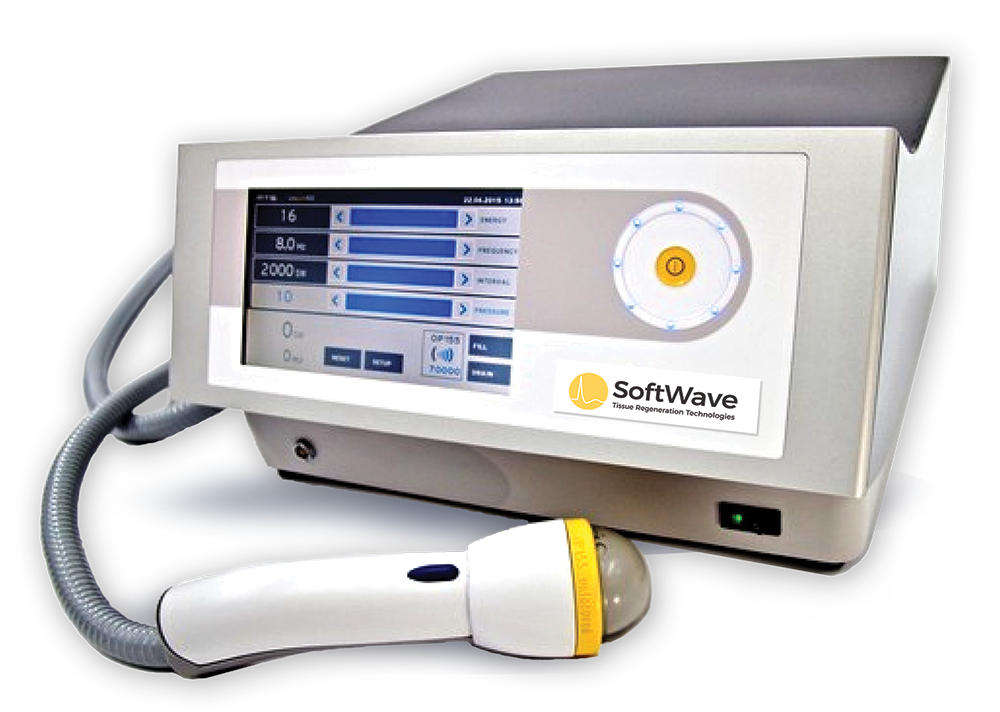
Many treatments offer temporary relief, but SoftWave Therapy promotes true healing. It stimulates the body’s repair process, reducing pain without invasive procedures or downtime.
A Smarter Approach to Healing: SoftWave’s patented applicator treats a larger area without causing microtrauma. Unlike focused shockwave therapies, it generates primary and secondary acoustic waves, enhancing tissue repair more effectively.
Reducing Inflammation & Boosting Recovery: SoftWave Therapy regulates inflammation while improving circulation, delivering oxygen and nutrients to damaged tissues for faster healing.
Stimulating Natural Regeneration: By activating cytokines and growth factors, SoftWave Therapy promotes tissue regeneration, angiogenesis, and wound healing—addressing pain at its source.
A Safer, Lasting Solution: Unlike surgery or temporary fixes like cortisone injections, SoftWave Therapy heals naturally with no risks or downtime, making it the best choice for long-term shoulder pain relief.
The Best Shockwave Therapy for Shoulder Pain
Are you looking for safe, reliable, and effective relief from shoulder pain?
SoftWave therapy is FDA-cleared, patented, and nationally recognized for its leading tissue regeneration technology. Unlike other types of high-energy shockwave treatments, SoftWave is the only shockwave therapy on the market that uses true broad-focused shock waves that treat larger and deeper areas of tissue.
Thousands of patients have experienced the benefits of SoftWave for shoulder pain, including:
- Little to no side effects
- Short treatment time
- Quick recovery
- Long-lasting results
Find a SoftWave Therapy provider near you or learn more about SoftWave and whether or not you’re eligible for full treatment today!
New Patient Special
Try SoftWave for just $69 at a clinic near you and learn if you’re a candidate for full treatment
